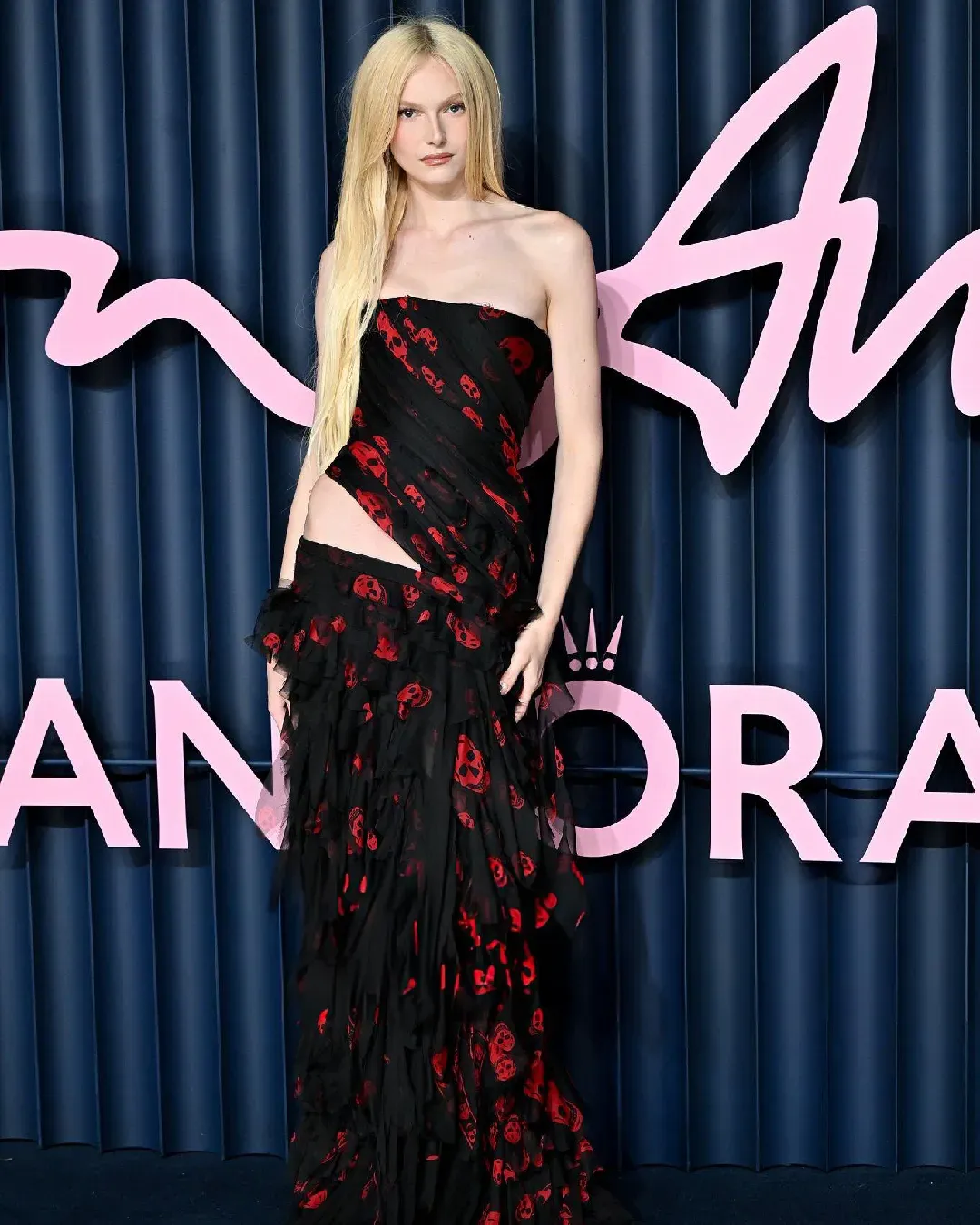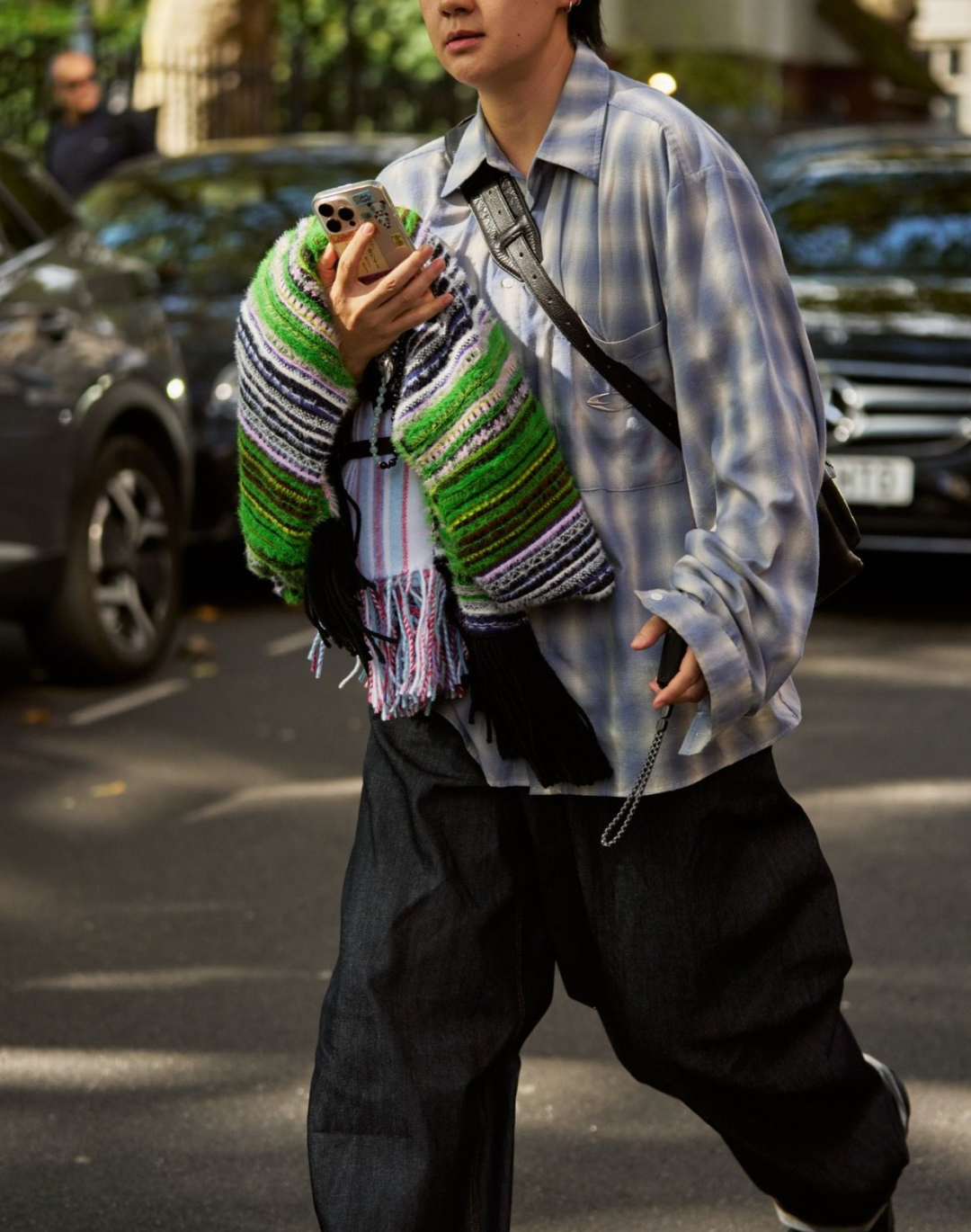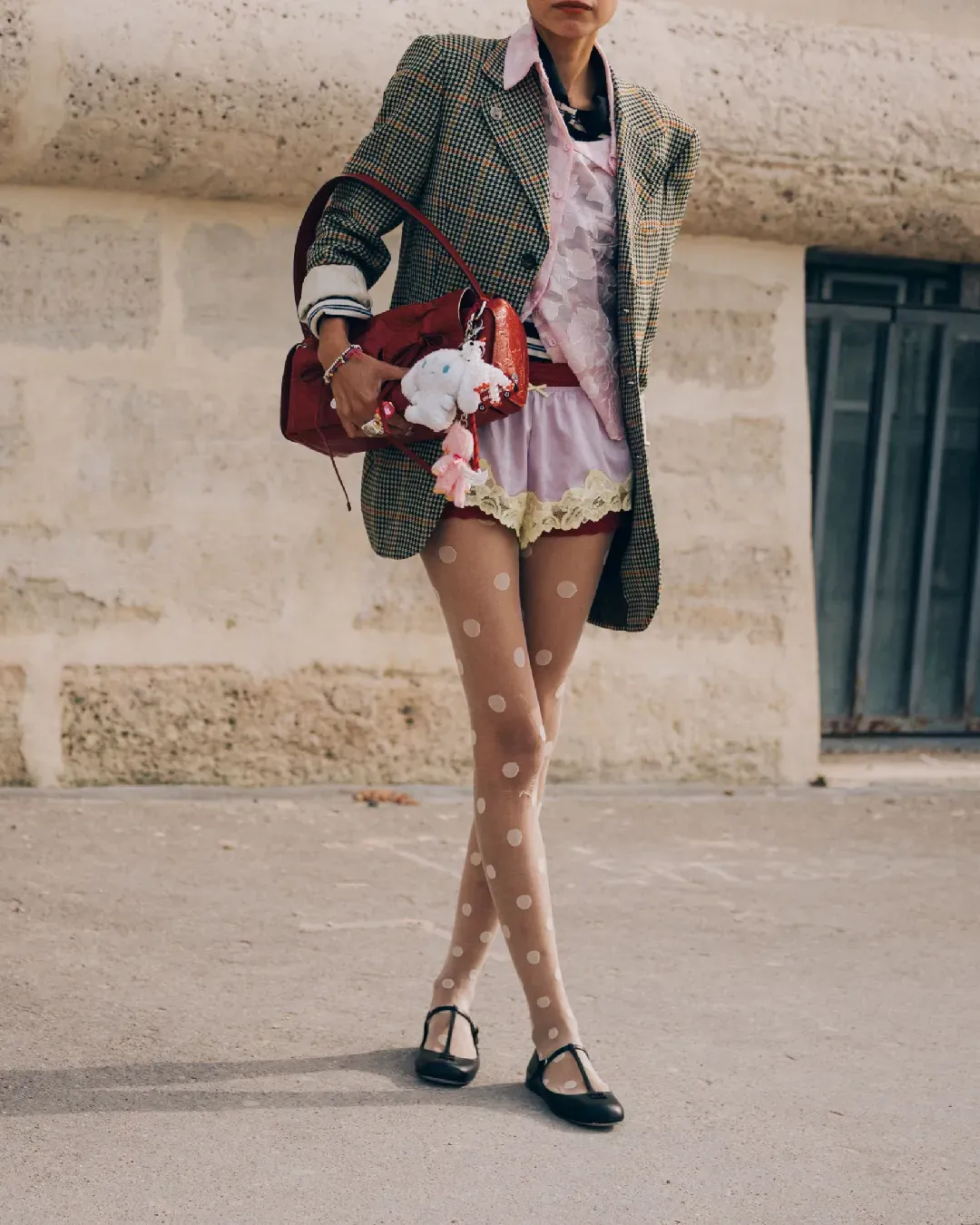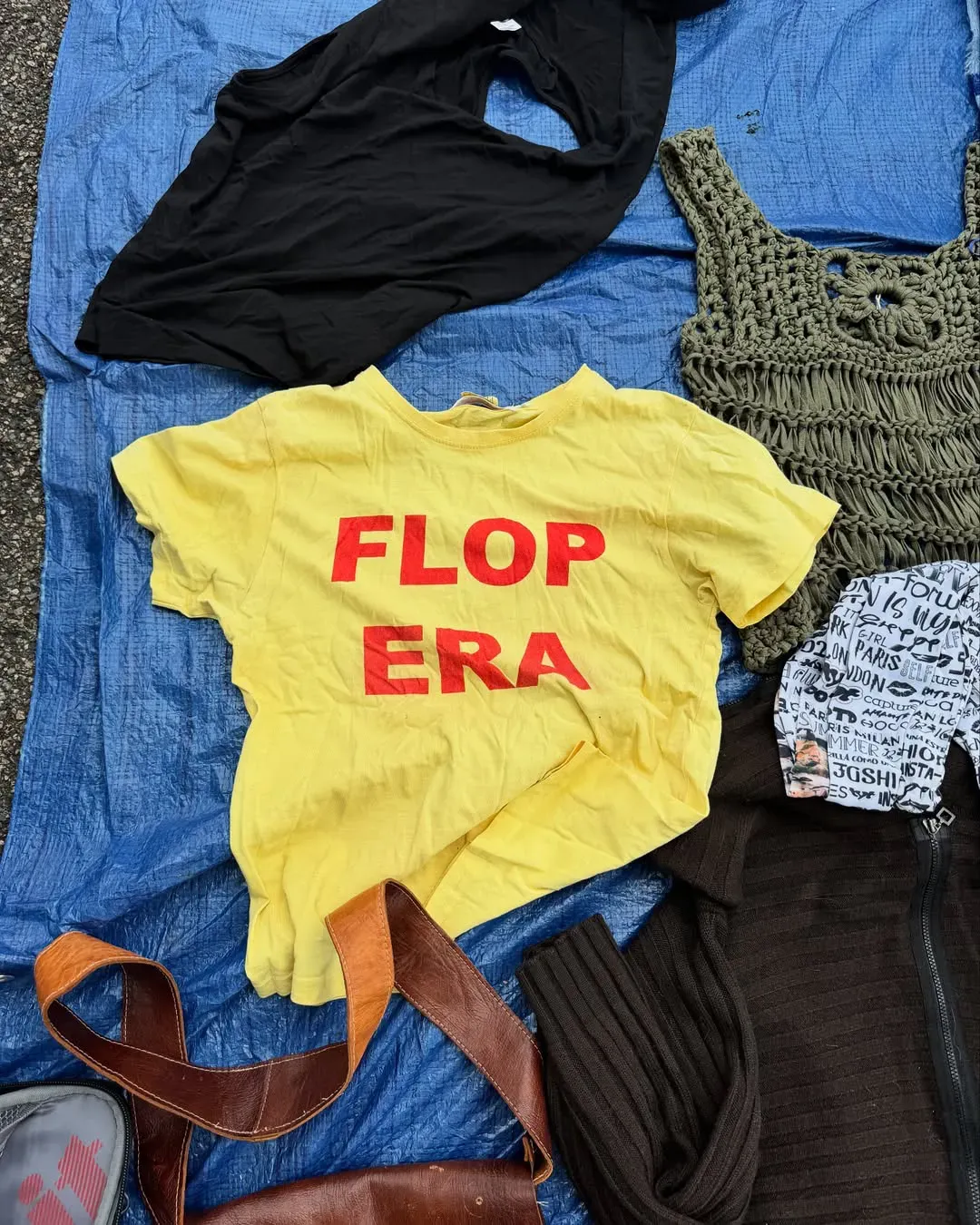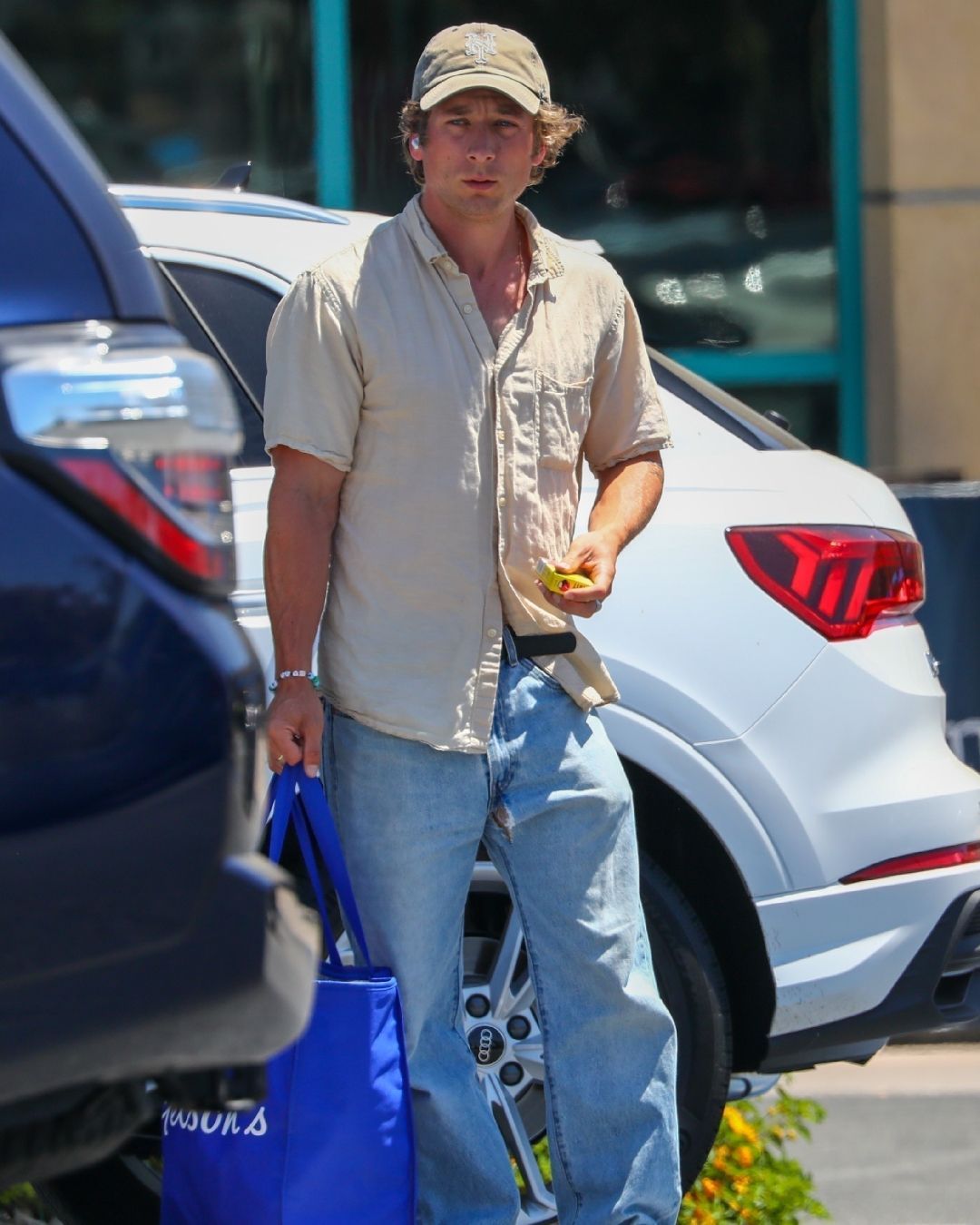
How to find the perfect jeans An nss vintage friendly guide
The best jeans are those bought without paying attention to the size and model written on the label. That's what the writer says, and that's what movies like Sisterhood of the Traveling Pants say. Those pants were bought because you fell in love at first sight with the denim wash, the way they shaped your backside, and how the buttons didn't dig into your stomach like the corners of a cabinet. Until a few years ago, buying jeans meant stepping into a store, trying on a few pairs—skinny, high-waisted, or slightly baggy, that was the selection—until you found the right one. But today, just like in dating, too much choice and too many red flags obscure our goal: which silhouette suits me best? Do I trust and buy them on Vinted without trying them on, or do I dig for a couple of hours in the Saturday morning used market? But above all, which jeans can I buy without harming the environment?
Are vintage jeans really better?
@levis Save this video for the next time you go thrifting #vintagelevis #vintagedenim #buybetterwearlonger original sound - Levi’s
The denim industry is one of the most polluting in the world: about 600,000 tons of dyes are produced every year, and indigo, the most used in this field, requires up to 50 tons of water per million meters during the fixation process. Added to these consumptions is the issue of waste: over 2 billion meters of fabric are produced every 12 months. To address the problem, some brands have entered the field to promote circular fashion. Levi’s has created a pair of plant-based jeans, Everlane uses recycled and renewable resources for production, Re/done gives new life to old second-hand pairs. Although it is possible to buy new garments consciously, paying attention to production, maintenance, and eventual disposal, the best choice is always to buy vintage and 100% cotton. They are also more durable.
Which jeans brands to choose?
Now that we have established the type of purchase, it's time to think about the kind of search we want to undertake - among nss editors, the name Napoleone Vintage is popular, in Milan. Still, if you prefer to dive into the bottomless well of second-hand fashion on Vinted and Depop, the keyboards are yours. With Levi’s, it's hard to go wrong; the most popular models are generally the 501, 902, Silver Tab, and 503. But don't be misled by trends and sizes; try everything: abandoning pride in favor of a slightly higher number on the label could prove to be a wise move. If you have time to study more carefully, try searching for Made in Japan brands, where this fabric has enjoyed unstoppable success. Brands like Evisu, Edwin, Sugar Cane, Momotaro, and Oni Denim promise durability, style, and quality to all lovers of selvedge denim, or cimosato jeans, i.e., those produced with traditional shuttle looms, a type of processing that gives greater weight and robustness to the garment. If you care about designer labels, stick to the vintage track and indulge in the joy of old collections from Helmut Lang and Dior Homme (pre-2003 and pre-2008, respectively), Jean Paul Gaultier, and Roberto Cavalli, if you like bold patterns. The most discerning archive lovers will also mention the jeans that Christophe Decarnin designed for Balmain until 2005, those of Marithè + François Girbaud, as well as those of Japanese punk-toned brands like Undercover, Number (N)ine, and Junya Watanabe. At this point, rules and advice matter little: it's up to you to choose which type of jeans suits you best, forget about trends, and trust your instincts. The important thing is to wash them as little as possible - until someone notices.










































